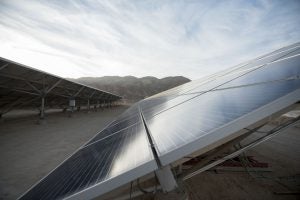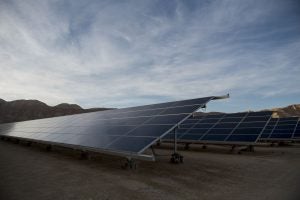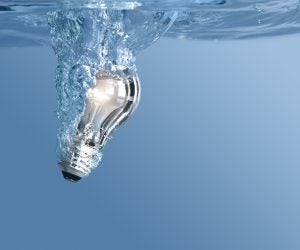
Center: Debbie Kimberly, Vice President for Customer Energy Solutions at Austin Energy.
In honor of this year’s International Women’s Day we wanted to highlight a clean energy leader in Texas, and we didn’t have to go far from Environmental Defense Fund’s Austin office.
Debbie Kimberly is the Vice President for Customer Energy Solutions at Austin Energy (AE), the municipally-owned electric utility for the City of Austin. Her division is responsible for some of the utility’s clean energy portfolio, including energy efficiency, demand response (a tool that rewards people and businesses for using less electricity when the grid is stressed), and solar initiatives.
Debbie came to AE just over four years ago from an illustrious run at Arizona’s Salt River Project – the electric utility that serves the Phoenix area. I recently interviewed her about her leadership in Texas’ clean energy space. Read More










 What would a world powered by clean, low-water energy look like? If you visit Israel’s southern region, you don’t have to imagine.
What would a world powered by clean, low-water energy look like? If you visit Israel’s southern region, you don’t have to imagine. On a warm December day, I stood in a jojoba field in the Negev Desert in southern Israel and watched water slowly seep up from the ground around the trees. First a tiny spot, then spreading, watering the plants from deep below. This highly efficient system is known as drip irrigation, and I was there to meet with the world’s leading drip irrigation company, Israel-based Netafim.
On a warm December day, I stood in a jojoba field in the Negev Desert in southern Israel and watched water slowly seep up from the ground around the trees. First a tiny spot, then spreading, watering the plants from deep below. This highly efficient system is known as drip irrigation, and I was there to meet with the world’s leading drip irrigation company, Israel-based Netafim.

